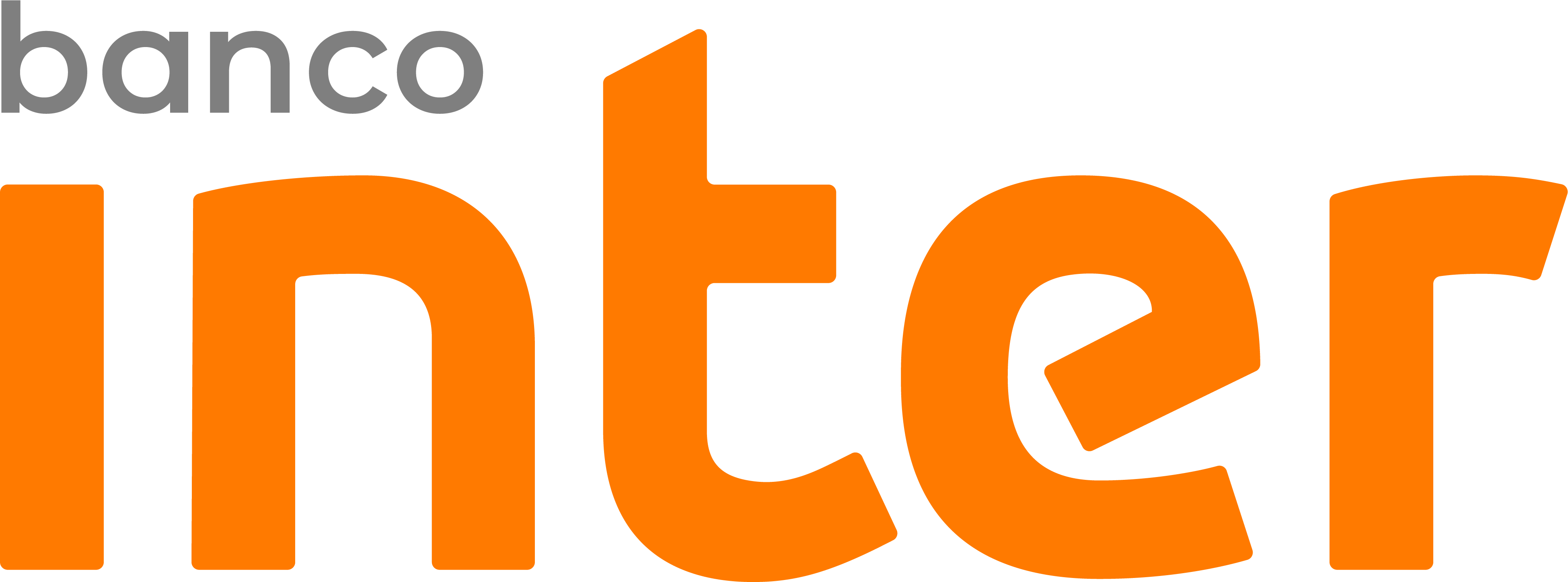When it comes to building apps that function across many platforms, two frameworks—Flutter and React Native—stand out in the dynamic world of app development. Both have become popular among developers and companies due to their distinct advantages.
With its powerful widgets and excellent performance, Flutter—Google’s user interface toolkit—has been attracting a load of users. It allows developers to create natively built apps for mobile, web, and desktop using a single codebase.
In contrast, Facebook’s React Native makes it easy for web developers to extend their work to mobile by allowing them to build apps for mobile devices using JavaScript and React.
Introduction to React Native vs Flutter
In this blog, we will compare and contrast the two frameworks’ essential features, such as their performance, community support, and learning curves. Anyone from seasoned developers to startup co-founders or business analysts need to know the ins and outs of Flutter and React Native while deciding on which one to choose for their next project.

What is React Native?
React Native is an open-source app development framework created by Facebook to allow developers to build cross-platform apps using JavaScript and React. The framework enables the development of applications for both Android and iOS with a single codebase, which can significantly save time and resources in the development process.
React Native Features:
- Cross-Platform Development: Write once and deploy on both Android and iOS platforms, which reduces the need for maintaining two separate codebases.
- JavaScript and React: Leveraging JavaScript, one of the most popular programming languages, and React, a powerful library for building user interfaces, React Native makes it easier for web developers to transition to mobile app development.
- Native Components: React Native uses native components for rendering, which means that the apps built with it run and feel like native apps. It translates your markup to real, native UI elements, utilising the same building blocks as regular iOS and Android apps.
- Community and Ecosystem: With the backing of Facebook and a large community of developers, React Native has a vast ecosystem of libraries, tools, and frameworks that can be integrated to enhance the development process and app capabilities.
- Hot Reloading: The framework offers hot reloading, allowing developers to see the result of the latest change to the code in a live preview, without needing to restart the app completely.
- Performance: While not as performance-focused as native apps, React Native is optimised for mobile devices, providing a high-quality user experience.
What is Flutter?
Flutter is an open-source UI SDK developed by Google. It is used for building natively compiled applications for mobile, web, and desktop from a single codebase. Flutter enables developers to deliver high-performance applications that feel natural on different platforms.
Flutter Features:
- Single Codebase: Flutter allows you to write one codebase for your app that runs on both Android and iOS, as well as web and desktop platforms.
- Dart Language: Flutter uses Dart, an object-oriented, class-defined language that is easy to learn and offers a good structure for app developers.
- Rich Widgets: Flutter comes with a rich set of highly customisable widgets that allow you to create complex UIs.
- Hot Reload: This feature enables developers to see the changes they make to the code in real-time, which speeds up the development process.
- High Performance: Flutter compiles to ARM or x86 native code, which is what enables it to work so quickly and reliably on different platforms.
- Customisable and Flexible UI: Flutter’s layered architecture ensures that you can fully customise the UI, which means you aren’t limited in your design choices.
- Strong Community Support: Since its launch, Flutter has rapidly gained popularity and has built a strong community of developers who contribute to its growth and development.

Comparing Different Aspects of React Native vs Flutter
When comparing React Native and Flutter, it’s essential to understand that both frameworks are designed to bridge the gap between cross-platform application development and the performance of native applications. Here’s a detailed comparison based on key features:
Programming Language
React Native: Uses JavaScript, a widely-used language familiar to many developers, especially those coming from a web development background.
Flutter: Uses Dart, a language developed by Google, which is not as widespread as JavaScript. However, Dart is easy to pick up for Java and JavaScript developers and is optimised for UI development.
UI Components and Development Experience
React Native: Emphasises native components, which means it relies on native UI controllers. While this ensures a native look and feel, it might require more work to ensure consistency across platforms.
Flutter: Provides a rich set of proprietary widgets that are highly customisable and render consistently across all platforms. The widgets are part of the framework, which negates the need for third-party UI libraries.
Performance
React Native: Delivers near-native performance but still has a JavaScript bridge for rendering components, which can sometimes lead to performance bottlenecks.
Flutter: Offers excellent performance that is closer to native as it compiles to ARM or x86 native libraries, and there’s no JavaScript bridge. It’s known for smoother animations and transitions.
Development Tools and Documentation
React Native: Has a mature ecosystem with a wide range of third-party libraries and tools. The documentation is comprehensive but can be somewhat fragmented due to the community-driven nature of the libraries.
Flutter: Comes with a powerful suite of development tools, including the Flutter Inspector for visual debugging. Its documentation is thorough and well-organised, making it easy for developers to get up to speed.
Community and Support
React Native: Backed by Facebook and has a large and active community. There’s a vast number of tutorials, forums, and third-party plugins available.
Flutter: Although newer than React Native, Flutter has seen rapid growth in community support, with Google and the broader developer community providing continuous updates and contributions.
Codebase and Maintenance
React Native: Allows for code reuse and component sharing, but sometimes platform-specific code is required, which can lead to increased maintenance.
Flutter: Also promotes a single codebase for all platforms. Because of its consistent rendering across platforms, it typically requires less platform-specific code, which can result in lower maintenance costs.

Learning Curve
React Native: Has a moderate learning curve, especially for developers who are already familiar with JavaScript and React.
Flutter: Also has a moderate learning curve, and while Dart is not as common as JavaScript, it’s easy to learn, and Flutter’s comprehensive documentation aids in the process.
Conclusion
The decision between Flutter and React Native should be guided by your project’s specific needs, your team’s expertise, and your long-term development goals.
Whether you prioritise a vast community and a familiar language or desire a consistent, high-performance UI and rapid development, both frameworks are equipped to build robust, beautiful, and functional mobile applications.
The Final Word
If you’re at the crossroads regarding a decision on which to choose, and need expert advice or assistance, Appscrip is here to help. Our seasoned developers are well-versed in both React Native and Flutter development solutions and can guide you to the best choice for your unique app requirements.
With Appscrip, you gain a partner with a proven track record of delivering exceptional cross-platform applications that resonate with users and stand out in the digital marketplace.
Take the first step towards building your dream app today. Reach out for a consultation and discover how our React Native and Flutter app development solutions can bring your vision to life.











